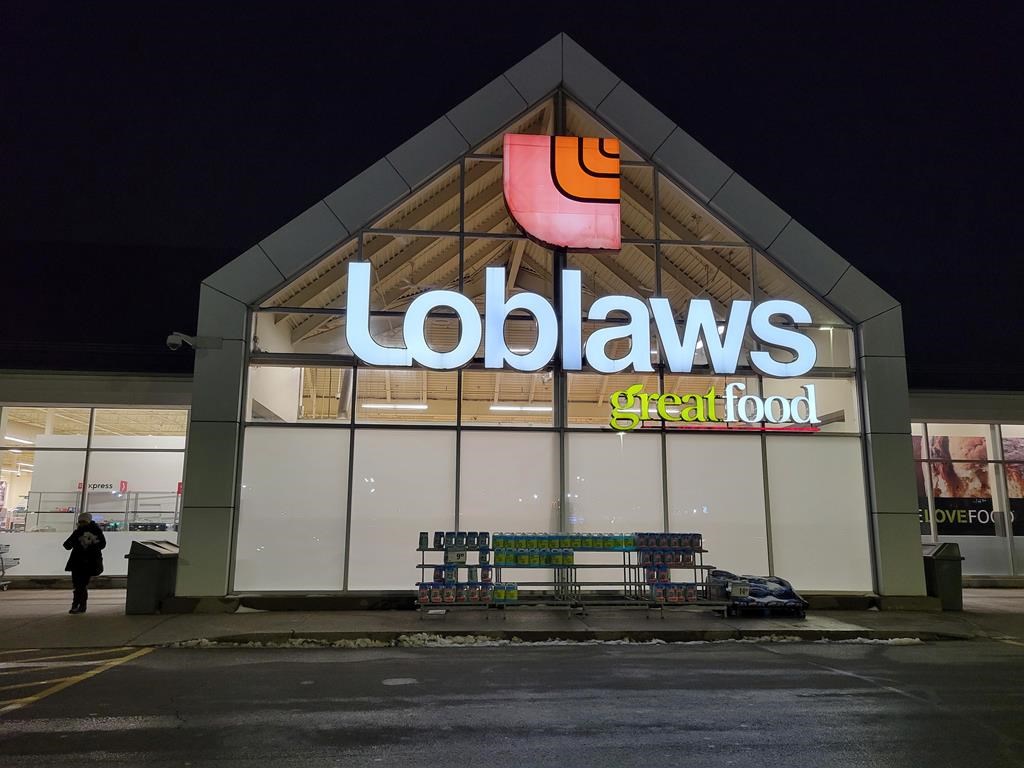Renfrew council explores alternate ways to address housing issue
Posted Oct 18, 2022 12:10:00 PM.
The issue of affordable housing has dominated most municipal elections around the Ottawa Valley over the last few months and although there are currently no major housing developments taking place in Renfrew, town council has made it easier for existing homeowners to add on an additional self-contained unit that may help ease the high demand for rental accommodations.
During the most recent council meeting on Oct. 11 the elected members accepted a report submitted by planning and development director Eric Withers that will remove red tape on those seeking to make additions on to their existing property by waving certain zoning restrictions.
It will now be easier for residents to build secondary dwellings, described as a separate, self-contained unit that is located on the same property lot as a primary residence.
Withers, along with other town staff, met with provincial officials, who advised the permission to build secondary dwellings units needs to be “as of right,” meaning the town would not need to make any variance or zoning bylaw amendments in the vast majority of cases.
“You can go in, get a building permit and then build your unit,” he said. “The way our bylaw is currently set up, that’s not the case. The vast majority of proposals, even modest ones with a basement apartment, didn’t meet the zoning requirements.”
The changes do not mean that a large multi-residential complex can suddenly be added on to an existing residential structure.
“The original bylaw treated secondary dwellings the same as a semi-detached unit on one lot, meaning residents would require more lot coverage in order to build, he told council. “The requirement right now is 22 metres (in length) for a secondary dwelling compared to 15 metres for a single. It’s quite a bit larger, and the effect of that is that frankly, 90 per cent of lots in Renfrew don’t meet the required size of at least 22 metres.”
He stressed many homes within town limits likely will not qualify, but for homeowners looking to perhaps build a secondary unit with the intent of having additional occupants, this is one way to provide limited housing options in an already tight rental market.
“Secondary dwellings can either be built within a residential unit, as part of an accessory structure or as a coach house,” he said. “There must not be any other accessory buildings on the property already and that the lot must have adequate servicing (hydro, etc.) to accommodate the dwelling.”
Councillor Sandi Heins, a member of the planning advisory committee said they met with members of the Renfrew Rotary Club to discuss the potential of building additional housing in the town with the intent it be geared to income.
“Talks are ongoing with the club, and they are looking to speak with staff and the new council to come up with some plans to move forward with some housing development,” she said.
If new Rotary housing is given the green light, it will be the first major project initiated by the club in almost 60 years. The club built and maintains Rotary Homes located on Rotary Avenue in Renfrew. The homes were built to celebrate Rotary International’s 50th anniversary in 1955. The idea was to provide housing for seniors with limited income; the homes were compact with living space for two people.
At the time the club received a 40-year mortgage and the members decided to finance it without any public money. To achieve this a limited company was formed and shares were sold to club members, the total cost of the project was $90,000.
The 500 square foot, one-bedroom homes were built before town or county subsidized housing was available. Both the planning committee and Rotarians agreed it would cost more than the original $90,000, but given the high demand, it is an idea the incoming council and Rotary members could explore.










